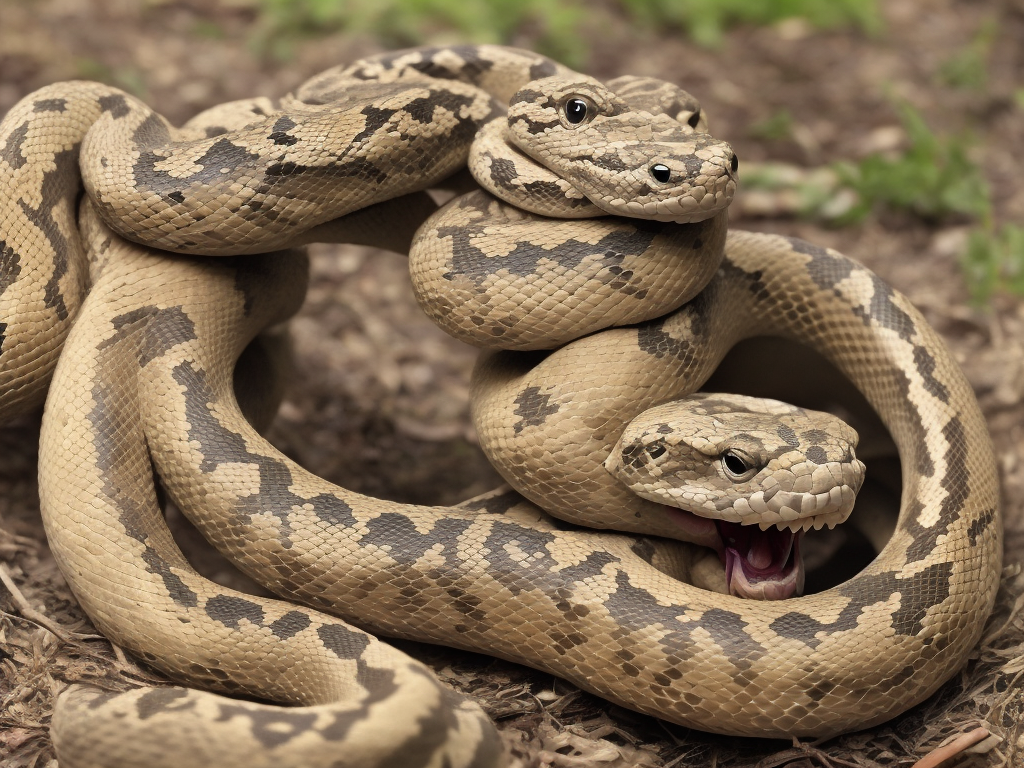
Difference Between Poison And Venom
When it comes to understanding the natural world and the intricate relationships between plants, animals, and humans, the distinction between poison and venom often becomes blurred. While these terms are commonly used interchangeably in everyday conversations, they refer to completely different phenomena. Poison and venom have distinct characteristics and mechanisms of action, each playing a vital role in the survival and defense of various organisms. In this article, we will delve into the differences between poison and venom, shedding light on their properties, functions, and the organisms that possess them.
To begin with, an important distinction between poison and venom lies in how they are administered. Poison is typically delivered passively, either through direct contact or ingestion. This means that the organism carrying the poison does not actively inject it into another organism; rather, the poison is released into the environment or in the case of ingestion, consumed. Examples of poisonous organisms include certain plants, like poison ivy, poison oak, and deadly nightshade, as well as some animals, such as certain frogs, fish, and insects. These organisms often possess toxins that serve as a defense mechanism, deterring potential predators from consuming or coming into contact with them.
Venom, on the other hand, is actively injected into target organisms. Venomous organisms possess specialized structures, such as fangs, stingers, or spines, through which they deliver venom directly into their prey or predators. Notable examples of venomous creatures include snakes, scorpions, spiders, bees, wasps, and jellyfish. These organisms have evolved venom as a means of capturing or immobilizing their prey, as well as defending themselves from predators. Venom acts swiftly and has immediate effects compared to poison, as it is injected directly into the bloodstream or tissues of the target organism, leading to a rapid onset of symptoms.
Another important distinction between poison and venom lies in the purpose they serve. Poisonous organisms utilize toxins as a passive defensive mechanism. Their poisons are intended to warn potential predators of their toxicity or keep them at bay. This defense mechanism is often accompanied by bright colors or distinct patterns on the organism's skin or body, acting as a visual cue for predators to avoid or face the consequences.
On the other hand, venomous organisms employ their venom actively as a hunting tool or defense mechanism. Their venom is specifically designed to incapacitate or immobilize their prey, allowing the venomous organism to efficiently capture and consume it. Additionally, venom can be used defensively by venomous creatures to ward off potential threats or predators. Venom often contains a variety of potent compounds that can paralyze, disrupt the nervous system, facilitate digestion, or cause pain, thus enhancing the survival chances of the venomous organism.
The physiological composition of poisons and venoms also differs significantly. Poisons are typically toxic when ingested, inhaled, or absorbed through the skin. They are generally comprised of various chemical compounds, which can range from irritating substances to highly toxic alkaloids or proteins. The toxicity level of a poison largely depends on its concentration and the amount absorbed or ingested by the organism. However, poisons are not designed to incapacitate or kill instantly; their effects often manifest over time, allowing the organism to escape or take measures to avoid being consumed.
Venoms, on the other hand, are a highly specialized mixture of toxic proteins and enzymes. These compounds are specifically engineered to have immediate effects on the target organism. Venom components may have diverse functions, including tissue degradation, blood clotting disruption, neurotoxic effects, or muscle paralysis. These mechanisms not only immobilize prey or predators but also work to optimize the venomous organism's chances of survival.
It is essential to recognize that some species possess both venom and poison capabilities, blurring the line between the two. For example, certain species of snakes, such as the black mamba and boomslang, possess both venomous bites and toxic skin secretions. The venom in their bites serves as the primary mechanism to immobilize the prey or defend against predators, while the toxic skin secretions provide an additional line of defense if an attacker attempts to consume the snake. Similarly, some poisonous frogs possess venomous properties in specific body parts, such as their skin or glands, allowing them to inject venom when threatened or provoked.
In conclusion, while poison and venom are frequently used synonymously, their distinctions are crucial in understanding the intricacies of the natural world. Poison is passively delivered through direct contact or ingestion, serving as a deterrent against predators. Venom, on the other hand, is actively injected into prey or predators, immobilizing or incapacitating them swiftly. Poisons and venoms have different mechanisms of action, compositions, and purposes, contributing to the survival and defense strategies of various organisms. Recognizing these differences not only enhances our understanding of the natural world but also highlights the remarkable adaptations and strategies employed by organisms for survival.
 Self-Instruct
Self-Instruct